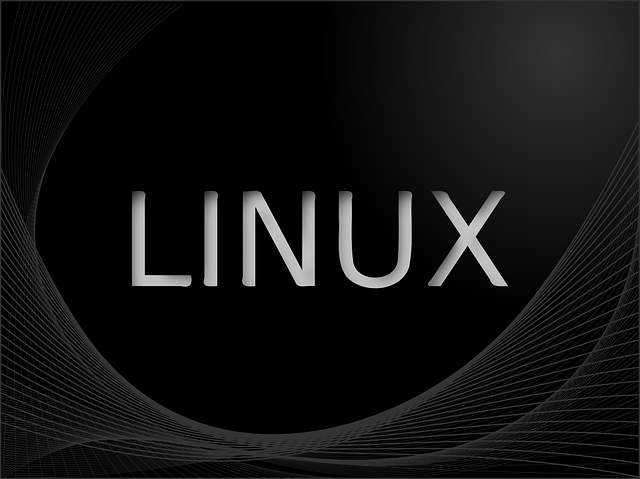What a good question, what is Cloud Computing ?
Cloud computing is a general term for the delivery of hosted services over the internet, it enables companies to utilize a compute resource, such as a virtual machine (VMs), storage or an application, as a utility — just like electricity, rather than having to build and maintain computing infrastructures in house.
Three of the main benefits of cloud computing are:
- Self-service provisioning: End users can spin up compute resources for almost any type of workload on demand. This eliminates the traditional need for IT administrators to provision and manage compute resources.
- Elasticity: Companies can scale up as computing needs increase and scale down again as demands decrease. This eliminates the need for massive investments in local infrastructure which may or may not remain active.
- Pay per use: Compute resources are measured at a granular level, allowing users to pay only for the resources and workloads they use.
In a short wording, Cloud Computing is everywhere all the time, for every connection you’re using on your smartphone and any services you use from plane reservation to online payment, or web research, analytic, messaging services, chat, online gaming, video on demand, Iptv etc…..
That is the reality of the cloud, it is now and you have embrace it without knowing it in the consumer market, but it is clearly not the same story in Business….
So what happen since ~7 years, as a market, lot of company invest money to get share, as every market only R&D and real capabilities as granted company to became major players, but if you want to know who succeed and who died in this market just refer to “Gartner magic quadrant” for IaaS, PaaS, SaaS.
Cloud is everywhere for final user, and Cloud is the next level of abstraction for the IT Business world.
What are the Cloud computing deployment models ?
Cloud computing services can be private, public or hybrid.
Private cloud services are delivered from a business’ data center to internal users. This model offers versatility and convenience, while preserving the management, control and security common to local data centers. Internal users may or may not be billed for services through IT chargeback, but it is just an evolution of the actual data center, loosing the real added value of the Cloud concept.
In the public cloud model, a third-party provider delivers the cloud service over the internet. Public cloud services are sold on demand, typically by the minute or hour. Customers only pay for the CPU cycles, storage or bandwidth they consume. Leading public cloud providers include Amazon Web Services (AWS), Microsoft Azure, IBM SoftLayer and Google Compute Engine.
Hybrid cloud is a combination of public cloud services and on-premises private cloud — with orchestration and automation between the two. Companies can run mission-critical workloads or sensitive applications on the private cloud while using the public cloud for bursting workloads that must scale on demand. The goal of hybrid cloud is to create a unified, automated, scalable environment that takes advantage of all that a public cloud infrastructure can provide while still maintaining control over mission-critical data, sound to me as the right model for Business.
Consumer vs. Business different Cloud approach
There is an entirely different “cloud” when it comes to business. Some businesses choose to implement Software-as-a-Service (SaaS), where the business subscribes to an application it accesses over the Internet. (Think Salesforce.com.) There’s also Platform-as-a-Service (PaaS), where a business can create its own custom applications for use by all in the company. And don’t forget the mighty Infrastructure-as-a-Service (IaaS), where players like Amazon, Microsoft, Google, Openstack, Vmware, provide a backbone that can be “rented out” by other companies.
Of course, cloud computing is big business: The market generated $100 billion a year in 2012, which could be $127 billion by 2017 and $500 billion by 2020.
But as any new technology we can see resistance , it is just human and normal, i can tell you a story coming from my past experience.
in 2003 I was a Unix technical consultant in a well known company, and was close to Virtualization development (para virtualization) the product was under development and I start to install and deploy it in a technical environment for my team.
What as been the first reaction of this people type…..” This is bullshit, I don’t like it, It’s not secure”.
People was not interested to know more about technology or to be interested in all new capabilities give by the virtualization of Operating system.
So What are the Security Concerns for Cloud-Based Services
Security remains a primary concern for businesses contemplating cloud adoption, especially public cloud adoption.
Public cloud providers share their underlying hardware infrastructure between numerous customers, as public cloud is a multi-tenant environment.This environment demands copious isolation between logical compute resources.
At the same time, access to public cloud storage and compute resources is guarded by account logon Many organizations bound by complex regulatory obligations and governance standards are still hesitant to place data or workloads in the public cloud for fear of outages, loss or theft. However, this resistance is fading as logical isolation has proven reliable and the addition of data encryption and various identity and access management (IAM) tools has improved security within the public cloud.
sources:@here
sources:@here
sources@here








Leave a Comment